In spring of 2015, the United States Army Corps of Engineers (USACOE), the Pennsylvania State Historic Preservation Office (PA SHPO), Shell Chemical Appalachia, LLC (applicant) and the Seneca Nation of Indians (SNI) concluded consultation after 18 months of discussions under Section 106 of the National Historic Preservation Act about the construction of a petrochemical complex in Beaver County along the Ohio River.
In 2016, Shell announced that they would build their new multi-billion dollar petrochemical complex in Beaver County, PA. The complex, which is currently under construction, is massive in scope and magnitude, consisting of several buildings, pipelines, and infrastructure over roughly 400 acres along almost a mile along the Ohio River.
Section 106 Consultation
Because the project required a permit from the U.S. Army Corps of Engineers, it had to go through the Section 106 process.
Section 106 of the National Historic Preservation Act requires federal agencies—the Corps in this case—take into account the effects of their projects on historic properties—those listed in or eligible for listing in the National Register of Historic Places.
Under Section 106, federal agencies must also consult with the PA SHPO, Tribes, and other interested parties on ways to avoid, minimize or mitigate any adverse effects to those historic properties. It is important to note that Section 106 consultation does not necessitate a preservation outcome; it may not always be possible to avoid an adverse effect while meeting the project needs, environmental or design constraints, or other requirements.

For the Shell project, historic and archaeological properties with local, regional, and statewide significance were identified with the Area of Potential Effect (APE) for the petrochemical complex. It was determined through consultation that the project would have an adverse effect on these properties.
Mitigation
In the Section 106 process, adverse effects are resolved through further consultation and negotiation of an agreement document. The agreement document stipulates specific measures the federal or state agency and/or applicant will implement to mitigate the undertaking’s adverse effects.
Mitigation involves compensation for the loss (or diminishment) of a historic property. Essentially, mitigation is an attempt to provide a public benefit that balances the loss of the historic property. You can take a look at this 2013 blog post and this information sheet to learn more about how mitigation is developed.
For the Shell petrochemical complex, PA SHPO, with the assistance of the Corps, developed a programmatic agreement that required Shell to fund several projects that would have local, regional, and statewide benefits to mitigate the loss of historic and archaeological properties with local, regional and statewide significance.
These mitigation projects include:
- PA-SHARE, PA SHPO’s online data management system, and all related survey and digitization work
- Point State Park Cultural Resources Management Plan
- Borough of Beaver Historic District Guidelines
- Deindustrialized Communities Market Study
- Research and documentation for the demolished Beaver County Home, St. Joseph Lead Company Zinc Smelting Plant, D. Merrill Lock No. 6, and East Dock archaeological site
- Funding to the Seneca Nation of Indians for cultural heritage projects
These projects are producing preservation outcomes across a wide variety of resources and communities. PA SHPO is responsible for completing four of those mitigation projects. Hopefully you’ve already heard about PA-SHARE; if not, please take a minute to read the “Countdown to PA-SHARE” blog post.
Below is an overview of PA SHPO’s other three projects:
Point State Park CRMP
The first project completed is a Cultural Resources Management Plan (CRMP) for Point State Park in Pittsburgh, at the confluence of the Monongahela, Allegheny, and Ohio rivers. Pennsylvania’s Department of Conservation and Natural Resources (DCNR) is steward to vast numbers of historic properties and have long been partners with PA SHPO to find ways to protect and invest in those resources.
Among DCNR’s most significant historic places, Point State Park’s elegant design is underlain with many sensitive archeological features. As the former location of British colonial Fort Pitt, Point State Park is a National Historic Landmark (Key #001742) and is also part of the Pittsburgh Renaissance Historic District ( #156390), a spectacular mid-century modern collection of skyscrapers and publicly-accessible open spaces. This juxtaposition of cultural resources creates a serious management challenge for a 36-acre park that draws 2.5 million annual visitors.
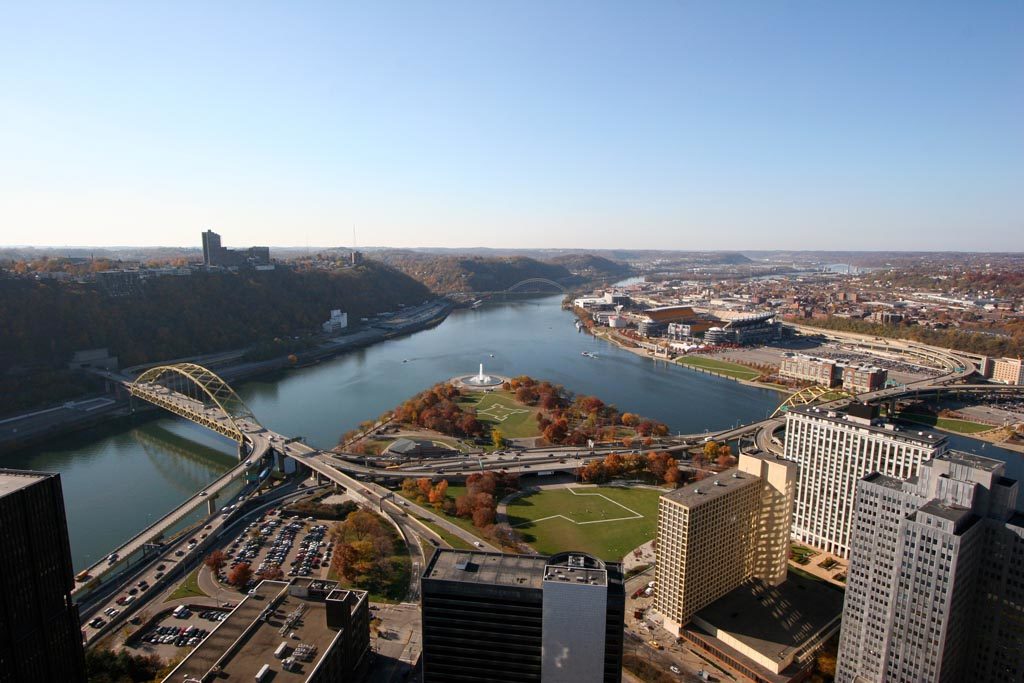
Point State Park’s CRMP is DCNR’s very first cultural resources planning document. The CRMP provides Park management clear information about the Park’s historic significance as well as treatment requirements for different management areas within the Park. The CRMP has already provided dividends, having helped guide plans for updated wayfinding design and placement.
Beaver Borough Historic District Guidelines
Construction of the cracker plant has created a great deal of excitement in Beaver county due to potential job creation and ancillary business development. But there is also concern introduction of a giant industrial facility almost directly across the Ohio River from Beaver Borough could damage this picturesque community’s historic character.
Mitigation project number two is an historic preservation plan and design guidelines for Beaver Borough.
The Beaver County seat, Beaver is home to about 4,300 people and a National Register historic district (Key# 102320). The Beaver Historic District includes 17th century public squares, the site of colonial Ft. McIntosh (Key# 001274), the Matthew Quay Home National Historic Landmark (Key# 001268), a thriving central business district and a collection of well-maintained residences and streetscapes.
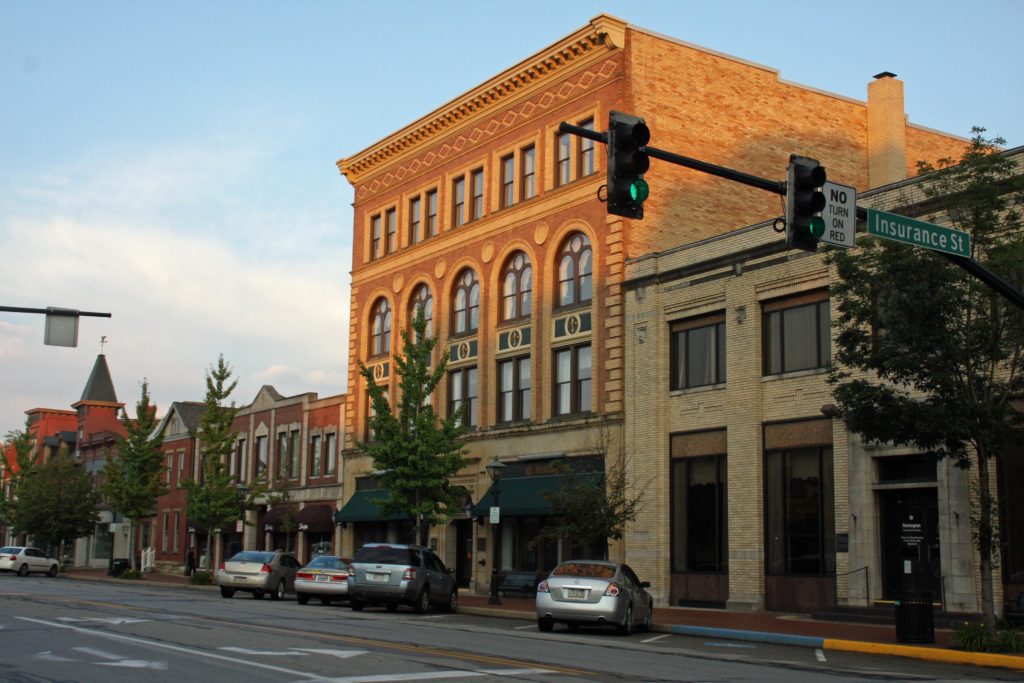
Guided by a robust public participation process and facilitated by a local steering committee, the design guidelines and preservation plan have been completed.
The design guidelines approved by the steering committee are the first Beaver-specific guidelines and are, for now, only voluntary. The steering committee also approved the preservation plan, which articulates a number of practical, implementable goals for the community.
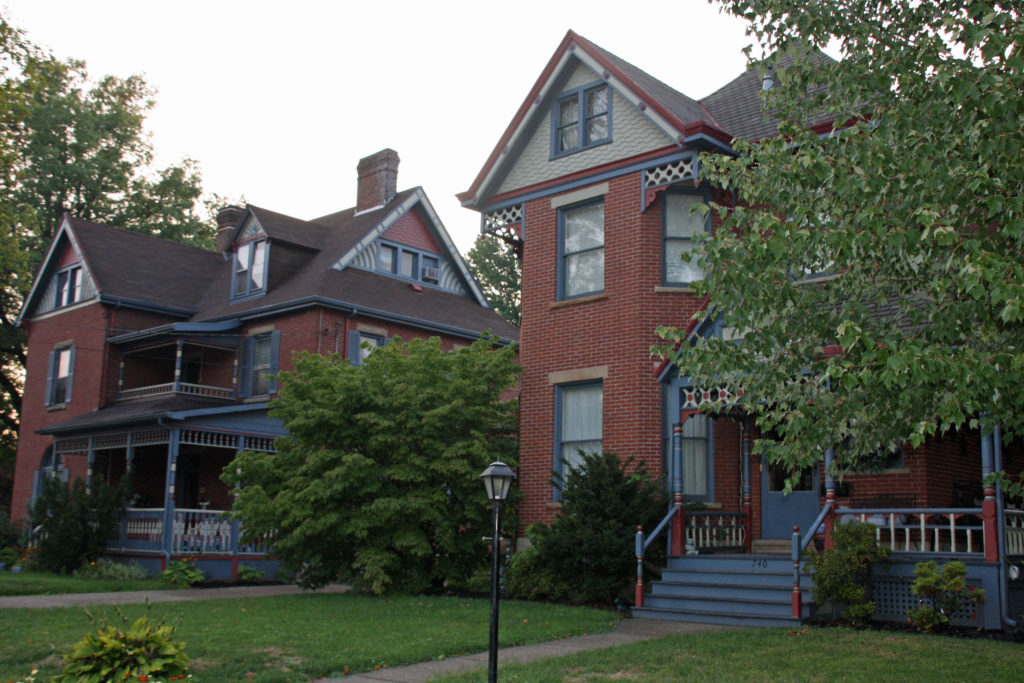
Final touches for the Plan and creation of a companion historic preservation education piece are underway at the PA SHPO.
Industrial Building Market Study
This mitigation project is also the most ambitious and is about 30% complete. Assisted once again by a robust public participation strategy, PA SHPO is developing a market analysis for several smaller communities in the post-industrial Ohio and Monongahela river valleys in Beaver, Westmoreland and Washington counties. The goal of this study is to help communities identify the most viable historic property market and investment strategies for their communities.
This project has two parts: survey and study.
Survey: PA SHPO just completed and is in the process of synthesizing data from historic building surveys of select areas of Donora and Monongahela in Washington County and Beaver Falls, Monaca, New Brighton and Rochester in Beaver county.
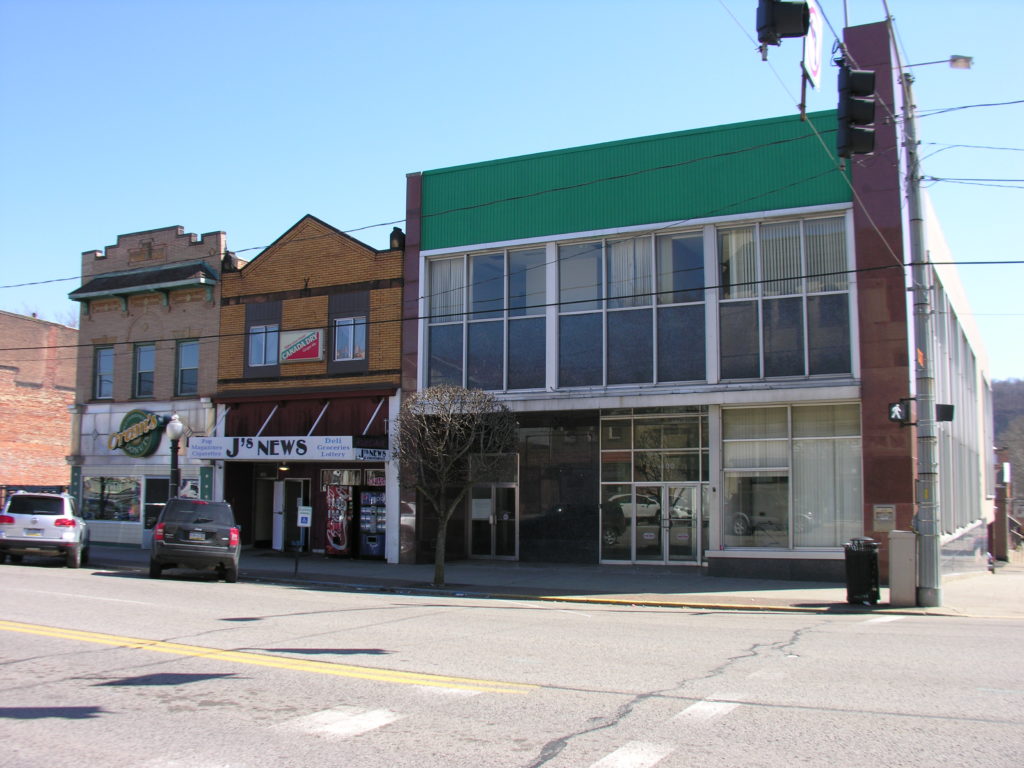
Being responsive to public input and the preliminary survey results lead us to do more survey in Beaver and Washington counties, for example, in the community of Midland.
Study: PA SHPO is currently working on a scope of work for the market study/analysis itself. Once a consultant has been hired, they will be asked to identify and evaluate the ways in which communities can retain their historic character in an economically viable way.
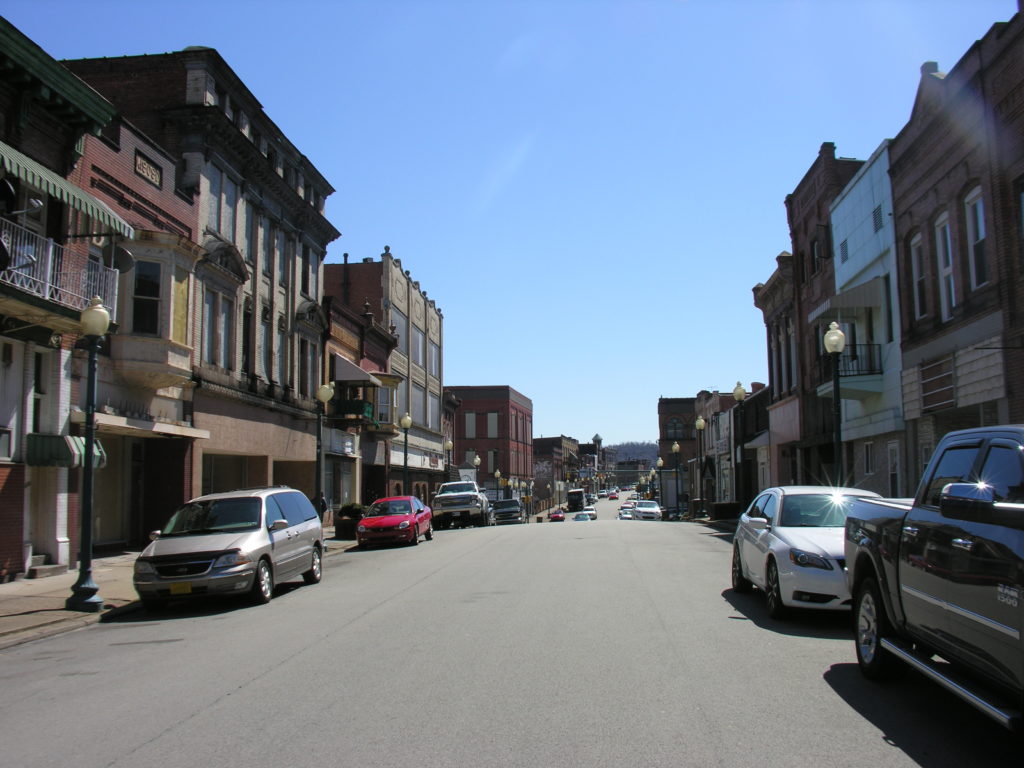
By the end of 2021, we expect to apply this study/analysis to the following communities:
- Charleroi, Donora, and Monongahela in Washington County,
- Monessen in Westmoreland county, and
- Aliquippa, Ambridge, Beaver Borough, Beaver Falls, Monaca, New Brighton, Rochester, and Midland in Beaver county.
We’re pretty excited about the opportunity the market analysis will provide. As far as we know, a clear-eyed, regional market analysis for smaller post-industrial communities would be a first in Pennsylvania–and a sure way to preserve historic buildings is to find ways to make their preservation economically viable.
Comment Policy
PHMC welcomes and encourages topic-related comments on this blog. PHMC reserves the right to remove comments that in PHMC’s discretion do not follow participation guidelines.
Commenters and Comments shall be related to the blog post topic and respectful of others who use this site.
Commenters and Comments shall not: use language that is offensive, inflammatory or provocative (this includes, but is not limited to, using profanity, obscene, or vulgar comments); disparage other commenters or people; condone illegal activity; identify the location of known or suspected archeological sites; post personal information in comments such as addresses, phone numbers, e-mail addresses or other contact details, which may relate to you or other individuals; impersonate or falsely claim to represent a person or an organization; make any commercial endorsement or promotion of any product, service or publication.
If you would like to comment on other topics not related to this blog post but related to PHMC, please fill out the PHMC Contact Us Form.
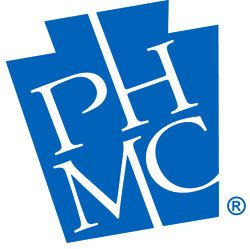
Leave a Reply